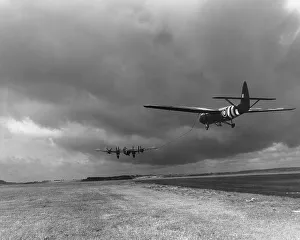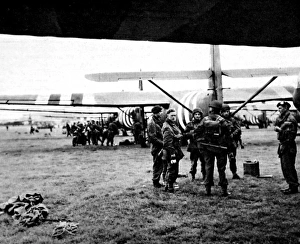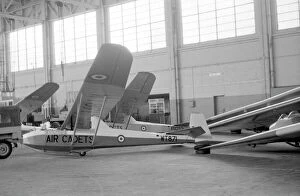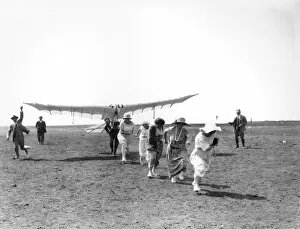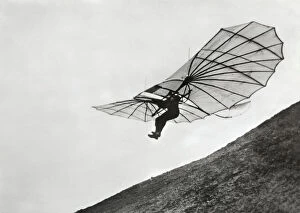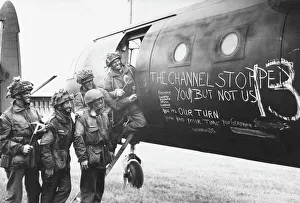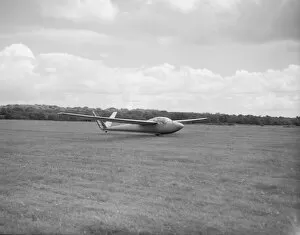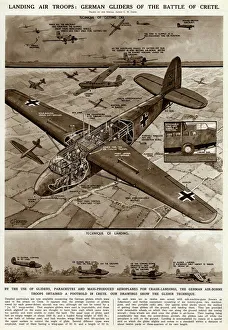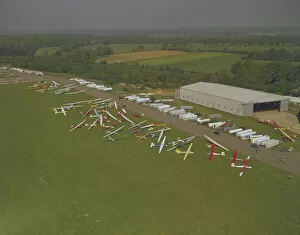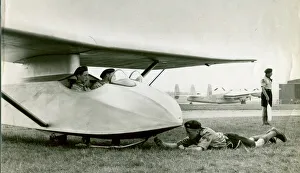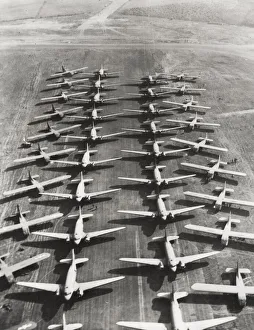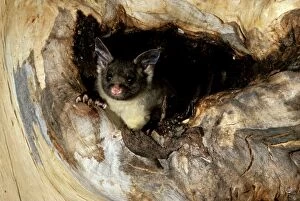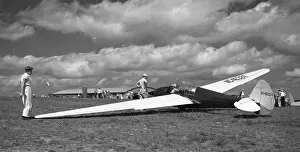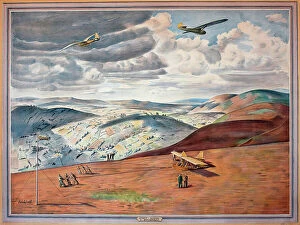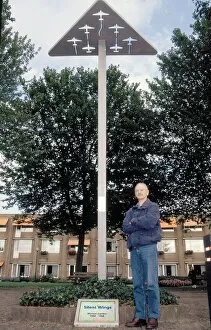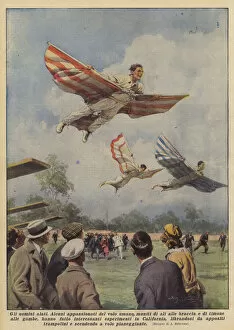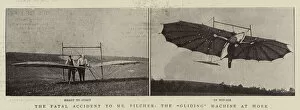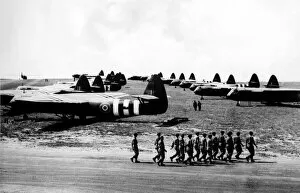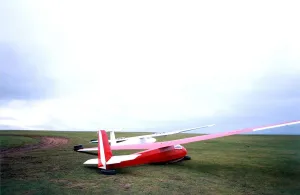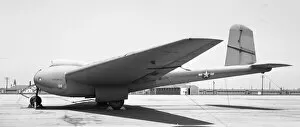Gliders Collection
"Gliders: Silent Wings of War and Nature's Marvels" During the Second World War, gliders played a crucial role in various military operations
All Professionally Made to Order for Quick Shipping
"Gliders: Silent Wings of War and Nature's Marvels" During the Second World War, gliders played a crucial role in various military operations. The Handley Page Halifax V towing the Airspeed Horsa became an iconic image of these airborne missions. Gliders ready for Operation Market Garden exemplified the bravery and determination of soldiers behind enemy lines. At Tarrant Rushton, gliders and tugs stood side by side, awaiting their next mission. These aircraft formed an inseparable bond as they soared through the skies together. Henri Mignet, a pioneer in aviation history, contributed to the development of glider technology with his innovative designs. On D-Day, a glider reinforcement team braved treacherous conditions to provide vital support on the battlefield. Meanwhile, in Australia's wilderness, female Sugar Gliders carried their young on their backs - a testament to nature's incredible adaptability. The Hamilcar they were behemoths capable of transporting heavy equipment during wartime operations. Their sheer size and strength made them indispensable assets on the frontlines. A German Glider Meeting showcased Germany's advancements in this field. In another corner of Australia's diverse landscape, Sugar Gliders continued to captivate observers as they gracefully moved through trees with their young clinging tightly to their backs – a remarkable display of maternal care. Douglas Dakota planes picking up gliders in Normandy demonstrated precision teamwork amidst chaos during World War II. Kendall K-1 glider enthusiasts marveled at its sleek design and soaring capabilities while reminiscing about past adventures. Lastly, German gliders left an indelible mark on history during the Battle of Crete under G. H Davis' watchful eye - showcasing both innovation and destruction simultaneously. From war-torn battlefields to serene natural habitats worldwide; from daring military maneuvers to breathtaking displays of motherhood; from pioneering aviators' dreams realized to historic battles fought - these glimpses into the world remind us of their multifaceted significance throughout history.

